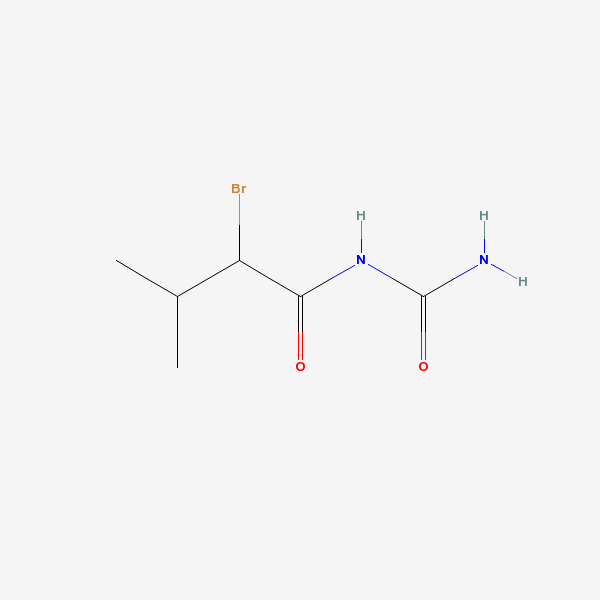Hammilton
Bluelighter
- Joined
- Sep 2, 2008
- Messages
- 3,435
Another oddball depressant. The only form I'm aware of is this russian junk with it and phenobarbital together with peppermint and hops oil in ethanol.
The FDA says it's an unmarketed controlled substance. I don't see where it's scheduled though. Is it actually?
Oddly, there is decent evidence that it has abuse potential, but it's also pretty toxic, I guess. Does it have GABA-A affinity? I would have guessed it would be similar to valproate, but that doesn't seem to be the case. I think, as with most really old things there won't be good research, but perhaps someone with access to old old journals with have more information.

The FDA says it's an unmarketed controlled substance. I don't see where it's scheduled though. Is it actually?
Oddly, there is decent evidence that it has abuse potential, but it's also pretty toxic, I guess. Does it have GABA-A affinity? I would have guessed it would be similar to valproate, but that doesn't seem to be the case. I think, as with most really old things there won't be good research, but perhaps someone with access to old old journals with have more information.



